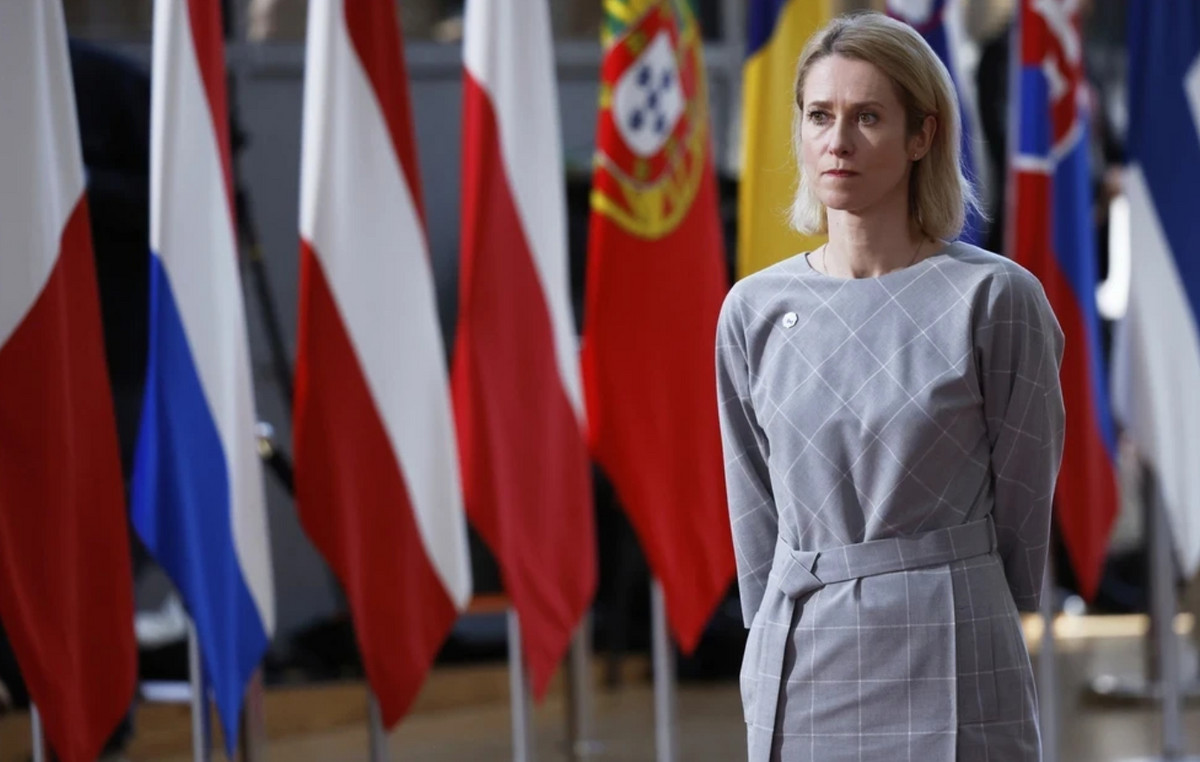The Federal Reserve The United States has decided not to vary its interest rates at the April meeting, keeping them in the range of the all-time low of the 0.0%-0.25%, as expected.
The entity its rates have not changed since March 2020, when as a result of the global coronavirus pandemic, it lowered the rates twice in the same month from the previous 1.75% to 1.25% and to 0.25% successively.
Monetary policy statement
The Federal Reserve is committed to using its full range of tools to support the US economy at this challenging time, thus promoting your maximum employment and price stability goals.
The COVID-19 pandemic is causing enormous human and economic hardship in the United States and around the world. Amid advances in vaccination and strong political support, the economic activity and employment indicators have strengthened. The sectors most affected by the pandemic remain weak, but have improved. Inflation has risen, due in large part to transitory factors. Overall financial conditions remain accommodative, partly reflecting policy measures to support the economy and the flow of credit to US households and businesses.
The path of the economy will significantly depend on the course of the virus, including progress on vaccines. The current public health crisis continues to weigh on the economy and risks to the economic outlook persist.
The Committee seeks to achieve maximum employment and inflation at a rate of 2% in the long term. With inflation persistently below this long-term target, the Committee will seek to achieve inflation moderately above 2% for some time so that inflation averages this level over time and long-term inflation expectations remain well. anchored at 2%. The Committee hopes to maintain an accommodative monetary policy stance until these results are achieved. The Committee decided to keep the target range for the federal funds rate from 0 to 1/4 percent and expects it to be appropriate to maintain this target range until labor market conditions have reached levels consistent with the Maximum Employment Committee’s assessments and inflation has risen to 2% and it is on track to moderately exceed this percentage for some time. Furthermore, the Federal Reserve will continue to increase its holdings of Treasury securities by at least $ 80 billion per month and agency mortgage-backed securities of at least $ 40 billion per month until substantial progress has been made toward the Committee’s maximum employment and price stability goals. These asset purchases help promote smooth market performance and accommodative financial conditions, supporting the flow of credit to households and businesses.
In assessing the appropriate monetary policy stance, the Committee will continue to monitor the implications of the incoming information for the economic outlook. The Committee would be willing to adjust the monetary policy stance as appropriate if risks arise that could impede the achievement of the Committee’s goals. The Committee’s evaluations will take into account a wide range of information, including readings on public health, labor market conditions, inflationary pressures and inflation expectations, and financial and international developments.
The voters in favor of the monetary policy action were Jerome H. Powell, President; John C. Williams, Vice President; Thomas I. Barkin; Raphael W. Bostic; Michelle W. Bowman; Lael Brainard; Richard H. Clarida; Mary C. Daly; Charles L. Evans; Randal K. Quarles; and Christopher J. Waller.
.
Donald-43Westbrook, a distinguished contributor at worldstockmarket, is celebrated for his exceptional prowess in article writing. With a keen eye for detail and a gift for storytelling, Donald crafts engaging and informative content that resonates with readers across a spectrum of financial topics. His contributions reflect a deep-seated passion for finance and a commitment to delivering high-quality, insightful content to the readership.







